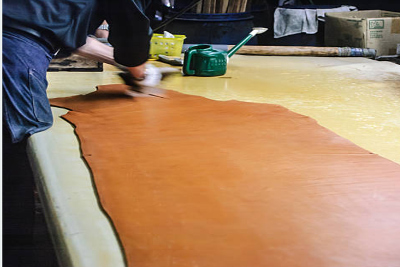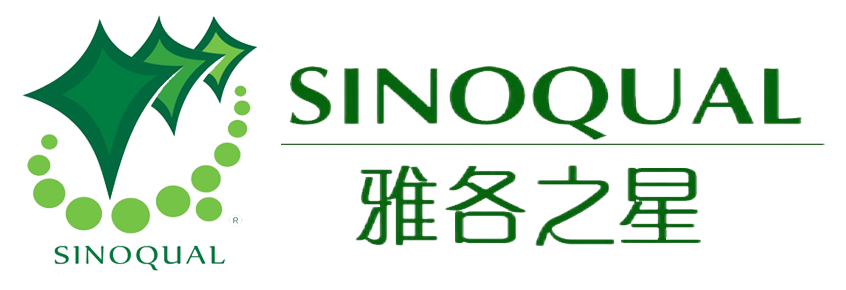The global beauty industry is undergoing a transformation as consumers increasingly demand products that demonstrate transparency, ethical sourcing, and ingredient purity...
Halal certification for leather and fur
2025-08-07
along withHalal consumersare becoming more aware of the product choices they make in their daily lives,Halal certificationLet them rest easy.Halal FashionThis is also true because it reflects the style andHalal principlesand a balance between materials and designs that are consistent with their cultural norms.Real consumersThey can also enjoy the respect for their aesthetic appeal and values.Fashion。
The role of halal certification
Halal certificationThis indicates that the product complies withHalal standardsForleatherandfurproducts, which means that these materials are sourced, processed and handled in accordance with specificHalal standardsIn recent years,Halal certificationIt has expanded from food to fashion, in line with the values of a diverse and conscientious consumer base.

Halal Certification Process for Leather and Fur
leatherandfurofHalal certificationThe process involves rigorous inspections, including:
Animal Welfare: This ensures that animals are treated humanely throughout their lives and have adequate space, nutrition, and care.
MuslimSlaughter: Follow the correctMuslimSlaughter methods, which outlineHalal standards, minimizing the animal's suffering and adequately draining the animal's blood to maintain purity.
Traceability: Maintaining detailed records of the supply chain to ensure that all materials used are traceable from the beginning to the end of the product.Halalstandard.
Third Party: Work with a reputable certification body to verify complianceHalal standards, so that consumers are confident in their purchases.
Labelling and Consumer Assurances:Certified productsWill getHalal label, guaranteeing consumersleatherorfurin line with their moral and religious values.
Challenges and Solutions for Halal Certification of Leather and Fur
Any productHalal certificationEach has its own set of challenges;leatherandfurProducts cannot escape this, but by effectively addressing these barriers, the industry can unlock new opportunities while maintaining consumer trust and ethical integrity.

Limited awareness among halal product manufacturers
Question: ManyHalal productsManufacturers do not know the clothing orFashionclearTrue Certificationrequirements.
Solution: Producers can organize awareness campaigns and seminars for manufacturers to educate them onTrue PrincipleandCertificationRequire.
Lack of halal-friendly tanning processes
Problem: TraditionalleatherTanning methods usually use nonMuslimchemicals or animal by-products.
Solution: Develop and promoteHalal standardsof tanning alternatives, such as those based on planned or synthetic materials, to ensure complianceMuslimand sustainable practices.
High certification costs for small or new businesses
Problem: Smaller or newer brands may struggle to acquire a good, reputableHalal certificationFaced with economic burdens.
Solution: IntroduceCertificationSubsidies or tiered pricing systems, and encourageHalal certificationAgencies are collaborating to make this process more accessible to small businesses.
The Halal Fashion Landscape and Collaboration with Ethical Suppliers
Hope will be clearTrue CertificationofleatherandfurBrands whose products are included in their collections.CertificationProcess is important to them. This will help them better understandCertificationmechanism.CertificationOrganizations ensure product complianceHalal standards, thereby fostering consumer trust. Brands can further strengthen their trust by partnering with suppliers who share similar values.Halal FashionSuch partnerships not only strengthen the ethical core of the brand, but also open the door to innovation in production and design. By prioritizing ethical sourcing, brands can play a role in redefiningFashionThe narrative aspect is at the forefront.
Synthetic alternatives: meeting halal consumer needs
Given the naturalleatherandfurclearTrue CertificationThe complexity of alternatives inHalal consumersIncreasingly popular to meetHalal consumersdemand, such as artificialleatherandfur;After clearingTrue CertificationAfter the process, they are usually considered to be clearReally friendlyand they do not involve animal products, thus eliminating any concerns. Nevertheless, innovations in textile engineering have led to the development of textiles that closely mimic naturalleatherHigh-quality synthetic look and feelleather, which is important for seekingMuslimand veganFashionis a viable option for consumers.
leatherandfurProductHalal certificationMore than just a label; it representsReal consumersrightFashionEmbracing this trend not only benefits consumers but also paves the way for ethical and sustainableFashionThe industry has paved the way. Let us look forward to a world where style and morality coexist harmoniously.FashionA future that truly works for everyone around the world!
